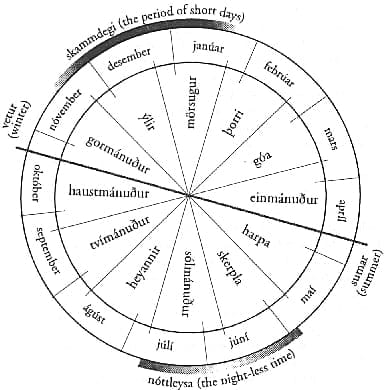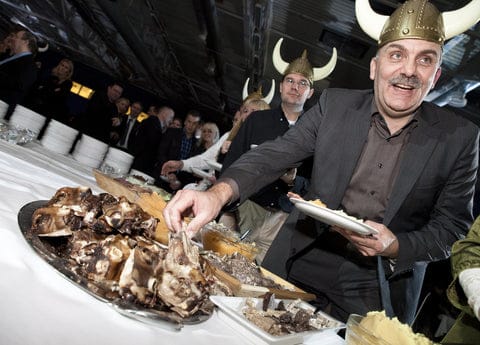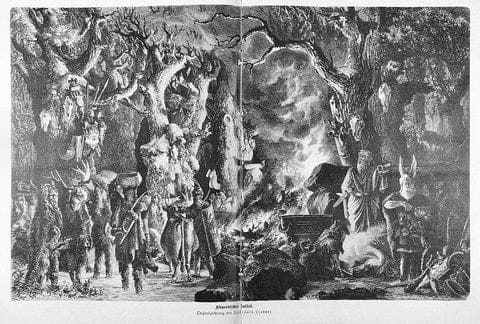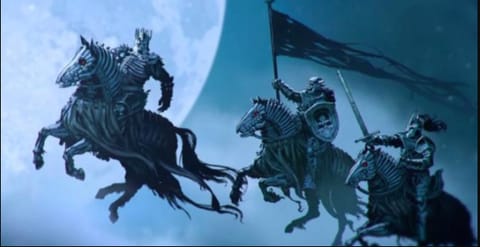Your Cart is Empty
Menu
-
- Shop by Type
- End of Line Sale Items
- New In
- Viking Gifts Under $30
- Hand Forged Axes
- Silver Viking Jewelry
- Stainless Steel Jewelry
- Cremation Jewelry
- Necklaces and Pendants
- Hand Carved Wooden Pendants
- Kings Chains
- Viking Drinking Horns
- Pendant Chains
- Rings
- Bracelets
- Earrings
- Beard Beads and Beard Rings
- Collectables
- Ceramic Mugs
- Street Wear
- Horn Jewelry
- Bronze and Pewter Jewelry
- Shop by Theme
- Viking Axe
- Celtic Jewelry
- Dragon or Serpent
- Viking Raven
- Wolf / Fenrir
- Rune Jewelry
- Odin Jewelry
- Ram / Goat
- Shieldmaidens / Lagertha
- Sword, Spear or Arrow
- Thor's Hammer / Mjolnir
- Tree of Life / Yggdrasil
- Helm of Awe / Aegishjalmur
- Triquetra or Triskelion
- Valknut / Knot of Slain
- Vegvisir / Viking Compass
- Veles / Bear
- Blogs
- Help
-
- Login

Norse Holidays and Celebrations

Over the recent festive period, we had a lot of comments on social media around “Christmas” and “Yule” and which term was considered more appropriate among our Norse loving friends. We kinda gathered that Christmas was not really appropriate but we had various different comments around ‘Yule’, so we decided to do a bit of digging around to see what information we could find on Viking / Norse holidays in general to try and keep ourselves right for future reference.
The chart below will hopefully give some idea of when these celebrations were held.
At the time of writing this, we have just passed the modern annual love fest that is St Valentine’s Day so it is maybe appropriate that we start our run through of Norse Holidays / Celebrations with a couple of love related days.

Þorrablot: or Husband’s day,
This was celebrated around the same time as the modern-day Valentine holiday as it was held on the first day of ‘Porri’. This is the name given to the part of the winter season covering Mid-January to Mid-February (also affectionately known as ‘frozen snow month’ which I am sure a lot of you can relate to!)
The Þorrablot holiday was held in honour of all husbands and fathers. It was also held in honour of the God Thor and is believed to be connected to the winter spirit of Thorri. The lady of the house was expected to treat her husband exceptionally well on this day. No doubt that included keeping him well fed!

Photo: Ernir Eyjólfsson
Shortly after husband’s have their day, it is then time for -
Góublót: also known as “Wife’s day”
This was held on the first day of the season known as Góa which ran from mid-February to mid-March
The Góublót holiday was held in honour of all mothers and wives. It’s also considered a celebration of the end of winter. I am sure the men of the house also treated their wives exceptionally well on this day too - maybe it was their time for cooking and cleaning!
If you are planning on adding either of these celebrations into your life then be sure to check out our Sterling Silver Collection of Viking jewelry for some awesome gift ideas
It is interesting to note that celebrations around Summer and Winter both seem to feature the God Freya.
Sigrblót: the first day of ‘Harpa’
The key theme of this festival is to welcome back the joy of sunshine and light after the long days of winter. Offerings are made to Freya are part of this festival.
And when Winter returned, there was Alfarblót: held on the first day of the Winter season. This is when our Norse friends celebrated after the final harvest of the year and again, it’s also associated with the goddess Freya. Unlike many other festivals where people came together to celebrate, each family held their celebrations in their own home and it was generally believed to be the women of the house who took charge (probably not that surprising!)
And then, of course, there is YULE, the ‘Viking Christmas’
This is generally believed to have been celebrated from around the Winter Solstice to mid-January and among many theories of how Yule inspired the modern day Christmas festivities is that the “12 Days of Christmas” may have been inspired by the timeline for Yule celebrations.
Like modern celebrations, the Viking are believed to have enjoyed sharing food and drink with family and friends during this time. It is also believed that celebrations included a tree (decorated with carvings of Norse Gods among other things) and also a Yule Log although the original would have been a real log and not a chocolate cake that looks like a log! The log would be carved with messages to the Gods seeking protection for the family in the year to come, and it is also believed that after the celebrations were complete, a piece of the decorated log would be kept in the house to use on the domestic fire to keep the God’s protection in the home.

Another slightly more sinister aspect of the Winter Solstice was that it was said to be the night when the God Odin rode through the skies with the ‘Wild Hunt’ collecting the souls of the dead. This was as good a reason as any to stay indoors and concentrate on some feasting rather than being outdoors and taking the risk of being captured by the Hunt before your time!

